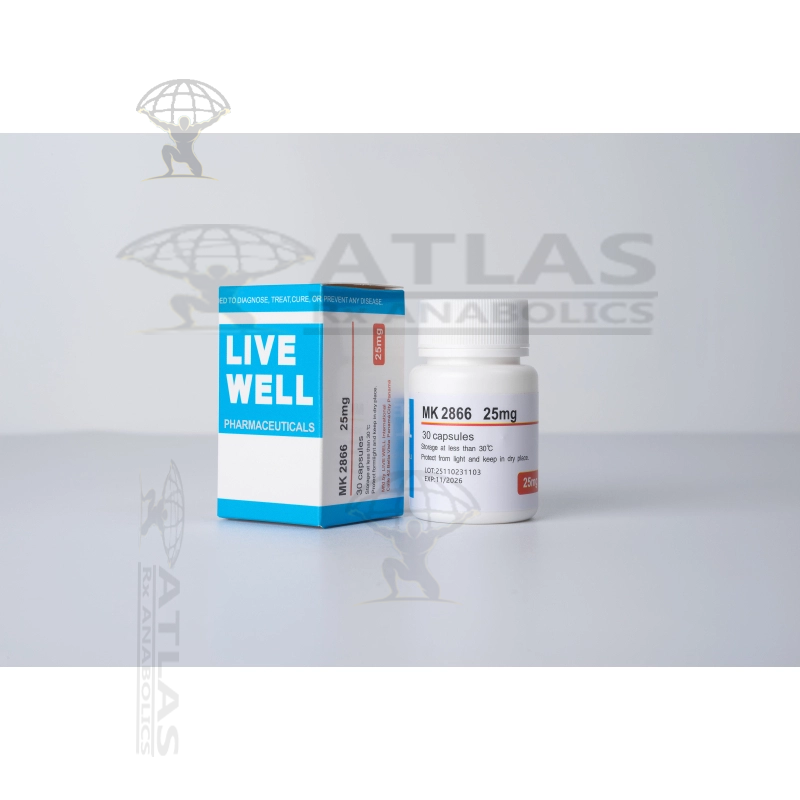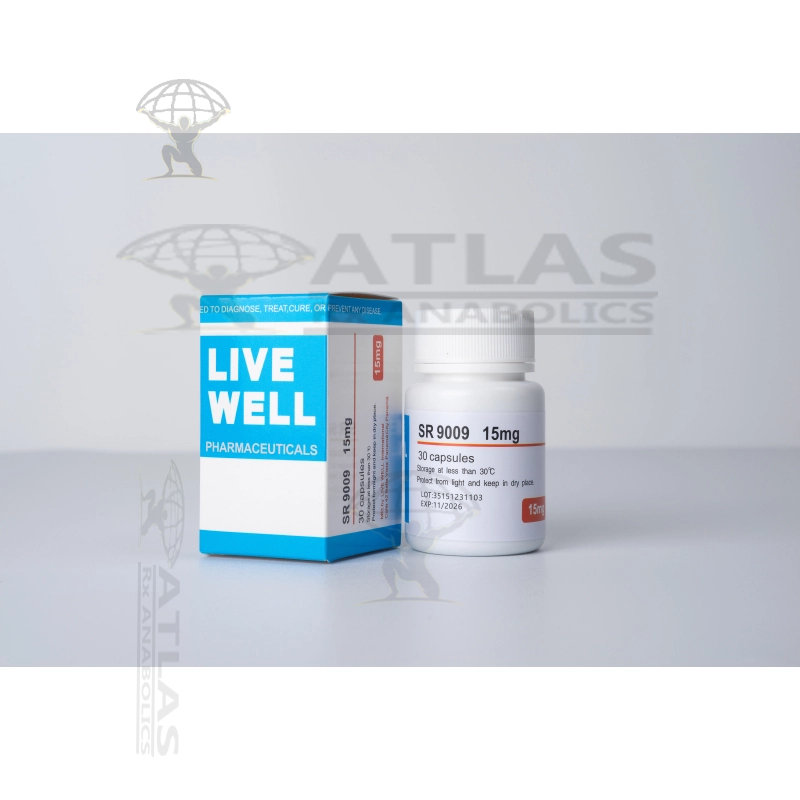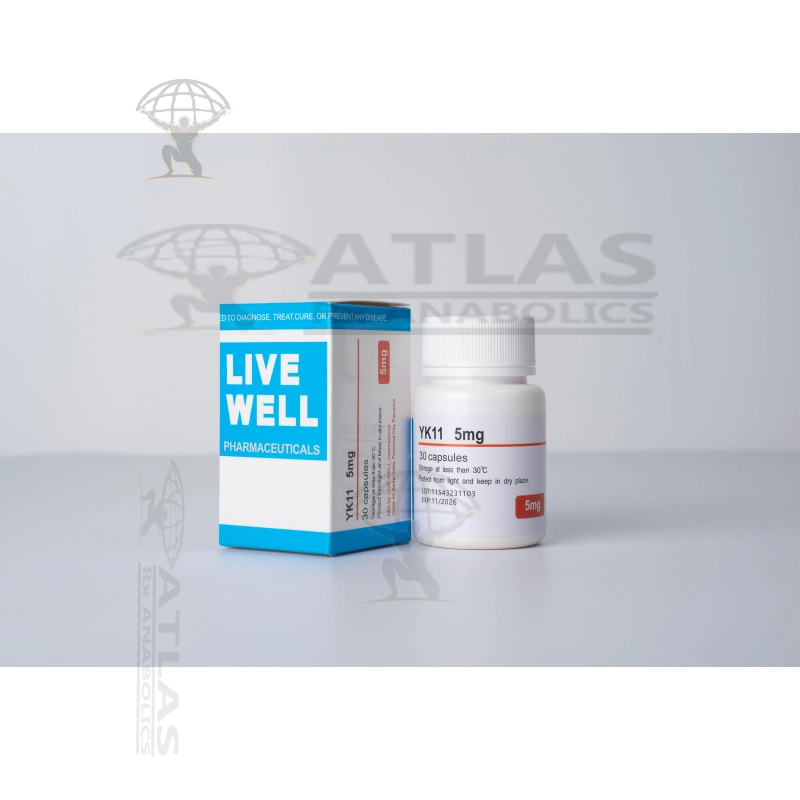Description for Methasterone (Superdrol)
Methasterone, also known as Superdrol, is a synthetic androgenic-anabolic steroid that has gained popularity among bodybuilders and athletes seeking to enhance their performance. Developed in the early 2000s, Methasterone quickly became known for its potent anabolic effects, making it a sought-after compound in the world of sports and fitness.
Chemically, Methasterone is derived from dihydrotestosterone (DHT), a naturally occurring hormone in the body. However, Methasterone is modified to enhance its anabolic properties while minimizing its androgenic effects. This modification makes it a highly powerful and efficient compound for muscle growth and strength gains.
Methasterone is available in oral form, typically as a tablet or capsule, making it convenient for users. Its popularity stems from its ability to rapidly increase muscle mass and improve strength, leading to enhanced athletic performance. Bodybuilders often incorporate Methasterone into their bulking cycles to achieve impressive gains in a relatively short period.
When taken, Methasterone interacts with androgen receptors in muscle tissue, stimulating protein synthesis and nitrogen retention. This process leads to an increase in muscle mass, improved recovery, and enhanced endurance. Users often report significant strength gains, allowing them to push their training to the next level.
Methasterone's anabolic effects are remarkable, with some users reporting gains of up to 10 pounds of lean muscle mass in just a few weeks. These gains are often accompanied by an increase in overall body weight due to water retention. However, it's important to note that Methasterone's effects can vary depending on individual genetics, dosage, diet, and training regimen.
Despite its reputation as a powerful muscle-building compound, Methasterone does come with potential side effects. Like other anabolic steroids, it can disrupt the body's natural hormone balance. Common side effects include liver toxicity, acne, hair loss, increased blood pressure, and suppression of natural testosterone production. It is crucial for users to be aware of these risks and take appropriate precautions, such as using liver support supplements and post-cycle therapy (PCT) to restore natural hormone levels.
Due to its androgenic nature, Methasterone may also cause virilization in female users. This means that women who use Methasterone may experience masculinizing effects, such as deepening of the voice, facial hair growth, and clitoral enlargement. As a result, Methasterone is generally not recommended for female athletes or bodybuilders.
In terms of dosage, Methasterone is a potent compound, and users are advised to start with a low dose to assess tolerance. Typical dosages range from 10 to 30 milligrams per day, taken in divided doses. Some experienced users may increase the dosage to 40 milligrams per day, but this should be approached with caution due to the increased risk of side effects.
It is worth noting that Methasterone is classified as a controlled substance in many countries, including the United States. Its use without a prescription is illegal, and athletes who are subject to drug testing may face severe penalties if Methasterone is detected in their system. Therefore, it is essential to understand the legal implications and potential consequences before considering the use of this compound.
In conclusion, Methasterone is a powerful anabolic steroid that has gained popularity among bodybuilders and athletes seeking rapid muscle growth and strength gains. Its ability to stimulate protein synthesis and nitrogen retention makes it an effective tool for enhancing athletic performance. However, users must be aware of the potential side effects and legal implications associated with its use. It is always recommended to consult with a healthcare professional before using any performance-enhancing substances to ensure safety and legality.
Shipping Cost
On all orders is set at $25.00
Secure checkout
Protected by Bitcoin
Offer & gift here
On all huge orders








Logan Sanchez
I stumbled upon this website and I'm so glad I did. The products are unique and the prices are affordable. Will definitely be a repeat customer.